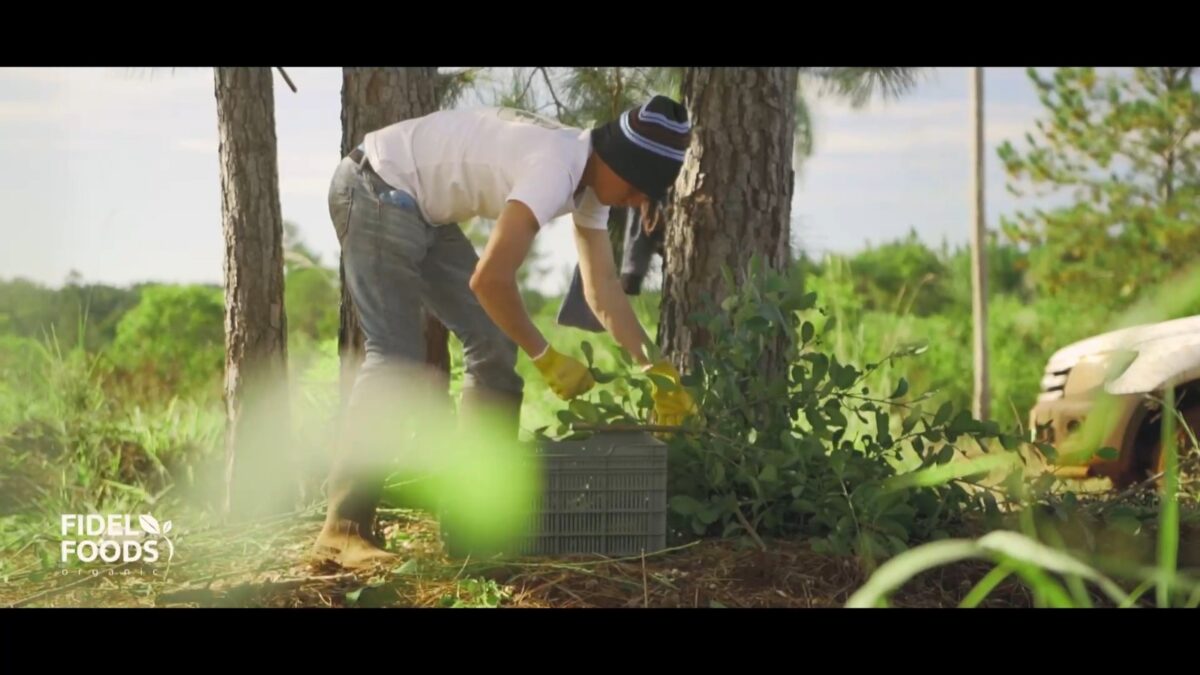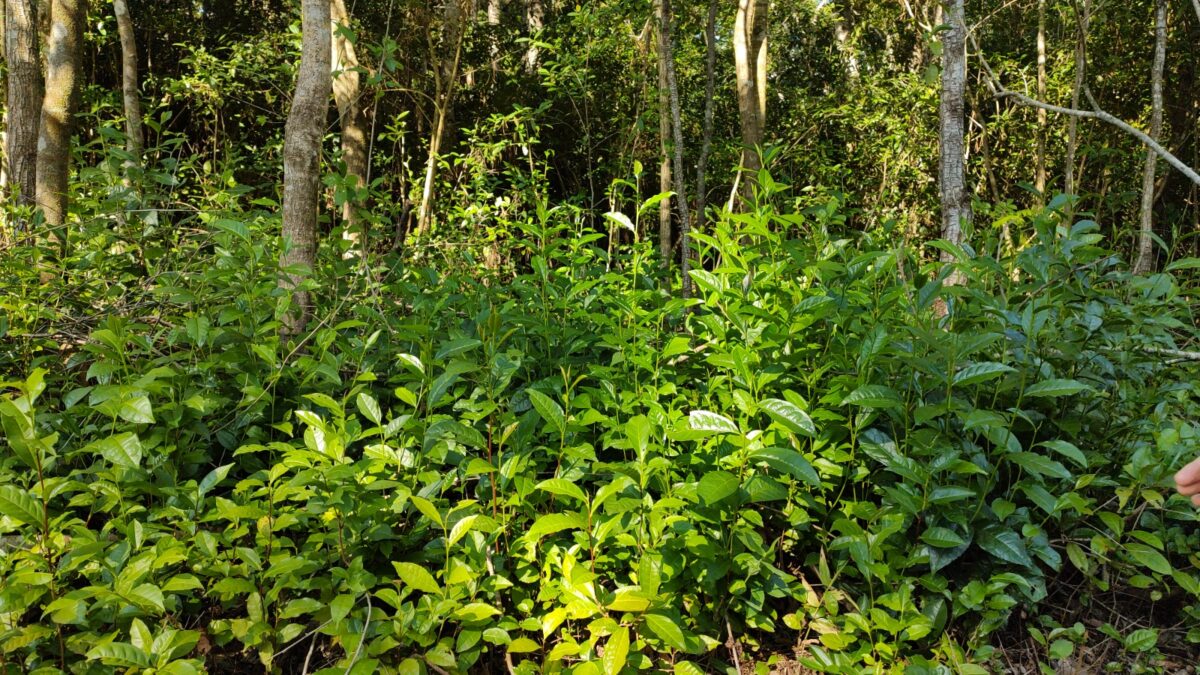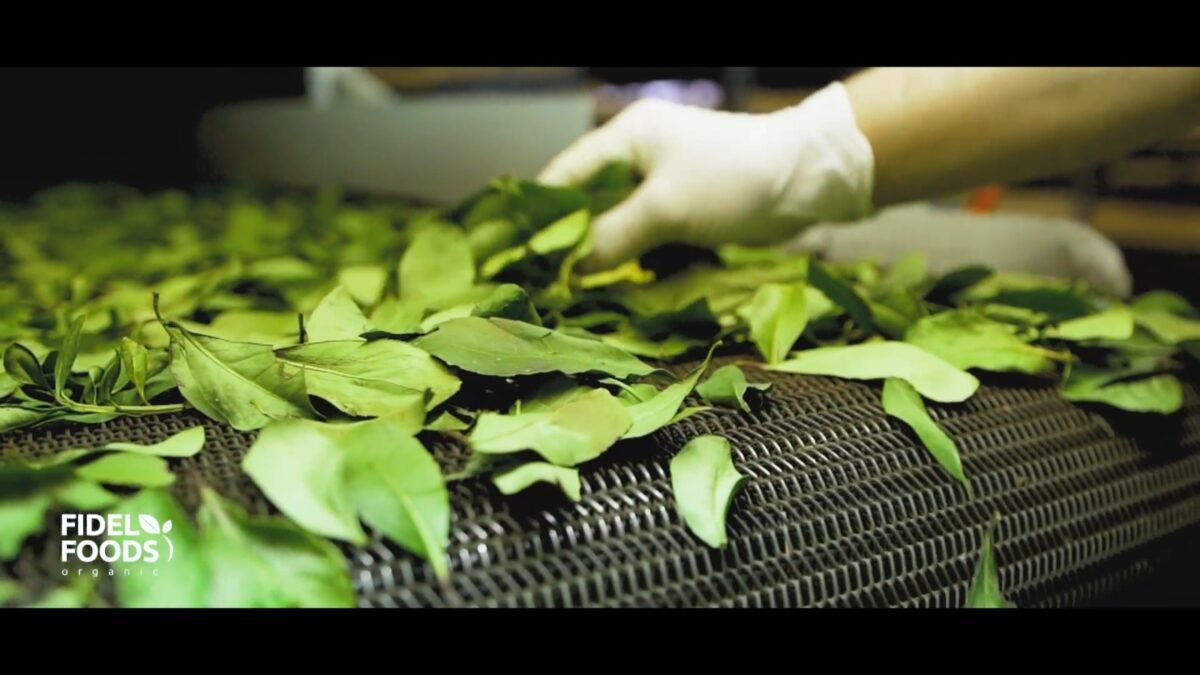
Many crops are grown in the missionary lands, from exotic fruit to newer ones such as moringa, with large tracts of traditional and historical yerba mate and tea plantings. Tea cultivation has led to new processing and cultural practices beyond black tea and gourmet green teas, including oolong tea, Silver Needle white tea made by producer Adriana Yañez of Akasha Tea, and more recently, yellow tea by producer Amalia Radovancich.
Mario Paredes leads a family of entrepreneurs in El Dorado, a province in the Misiones, one of Argentina’s 23 provinces. Misiones Province borders Paraguay in the far northeast of the country in the Mesopotamia region. Paredes’s commitment to the environment is deeply personal. He champions sustainable agriculture processes, supports the community, fights hunger and malnutrition, and ensures top-notch quality from seed to cup. His efforts are primarily focused on cultivating Moringa Oleifera, Yerba Mate, and Camellia sinensis.
After beginning the production of Moringa, which was included in the Argentine Food Code in 2014, he continued producing yerba mate and tea. Mario Paredes tells us, “We were delving into yerba mate when tea caught our attention. Tea plantations were being destroyed because they had stopped being profitable. On the other hand, matcha also caught our attention because we saw it as one of the healthiest drinks in the world, and the study of what the process of this type of tea was like, with a lot of effort, with a lot of love, in its beginnings in China and later in Japan.”
Paredes highlights that his objective is to position Argentine matcha as a functional food that nourishes, helps maintain health, and benefits the body, which should be valued today. This fundamental objective is based on its active ingredients. Like Japanese matcha, it has nutritional benefits, including large concentrations of vitamins C and D, both water-soluble.

Then, Paredes began the Argentine matcha powder tea process, giving it its characteristics, an imprint of missionary tea, without intending to compete with the traditional and ancient Japanese matcha tea. Thus, the production process of this powdered tea begins with dehydration at low temperature, and that is where Paredes highlights the idea of this process, “We need hot air, without firewood, without smoke, to achieve drying at low temperature, dehydrate the leaf, unlike Japanese matcha which is made at high temperatures, steam at 100°C and which is not the color of Japanese matcha, which is a much brighter green and that is due to the region, the temperature, to the land, but the intention is not to compare and our color is darker since it has to do with the temperature, the climate, the land, the soil of our land of Misiones.”

Finally, Paredes points out that his plantations are already naturally shaded in the middle of the native forest; a special cover is not built in the Japanese style either. As highlighted previously, the tea is not steamed but dried with a system to dehydrate it in one go. In the last instance, it is pulverized in several steps in grinders in a very traditional way, finally obtaining a powdered green tea, matcha, Argentine style.
Photos courtesy Mario Paredes
Tea Market
Get More Value from Your Tea: BRU Maker One
+41794574278
Jacque's Organics
(647) 804-7263